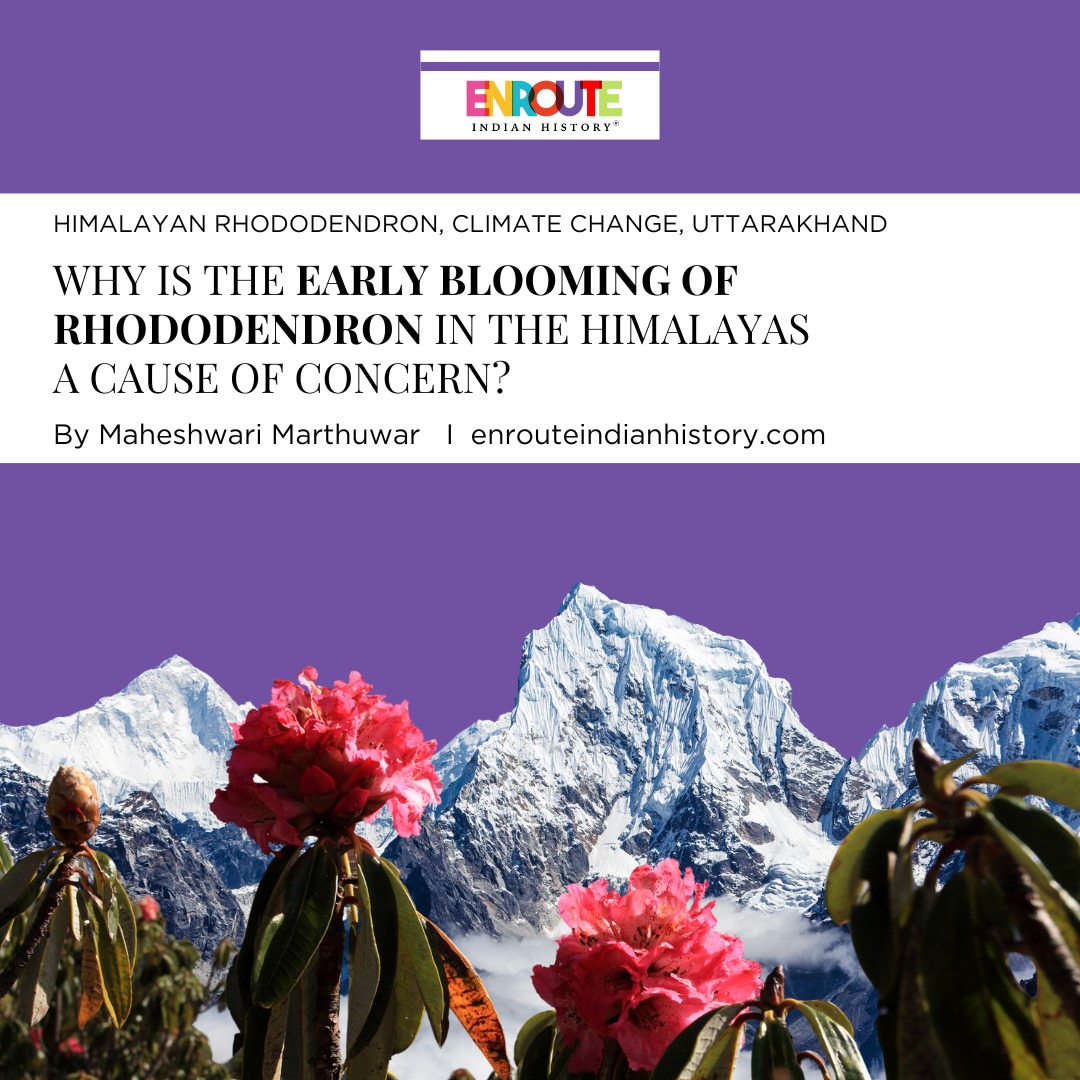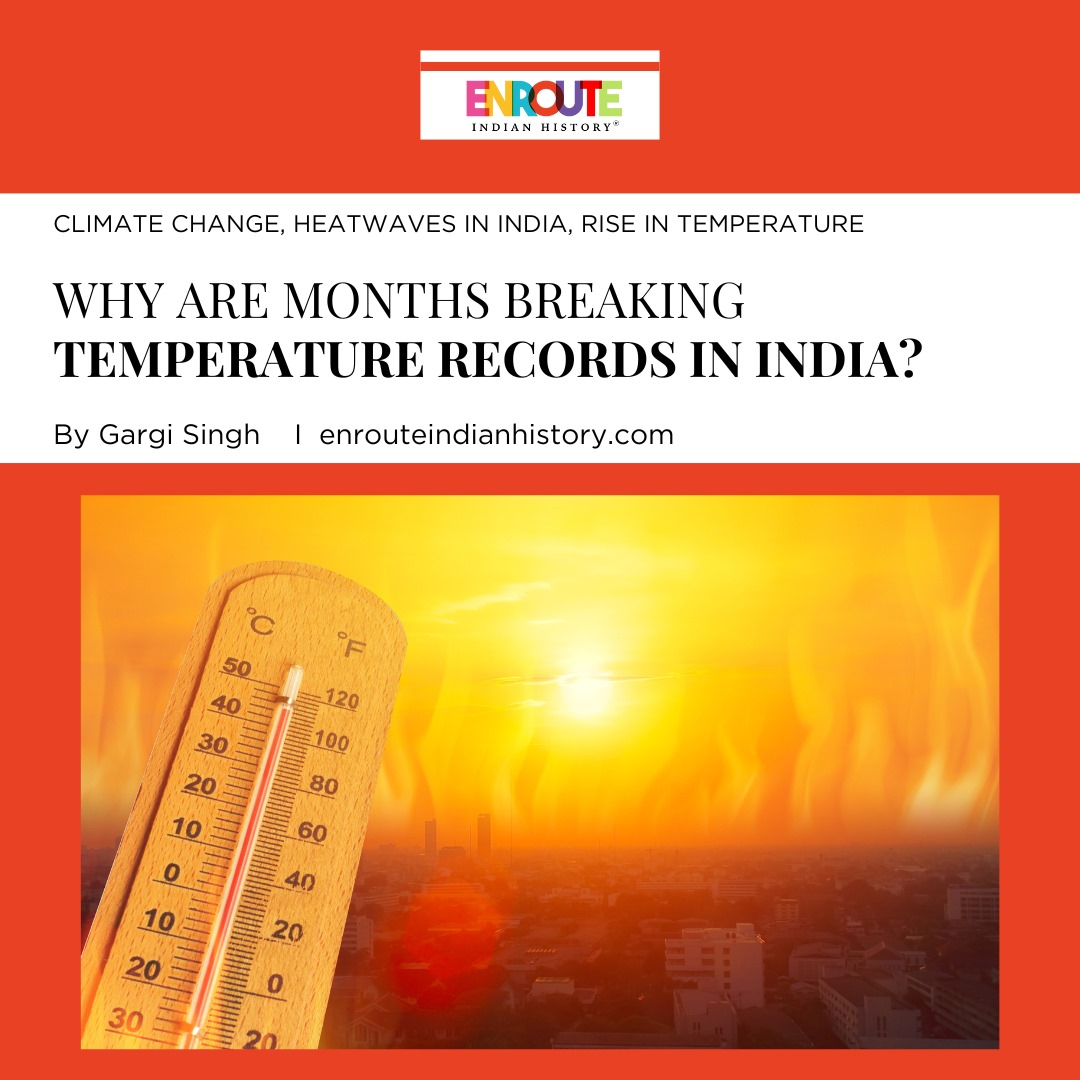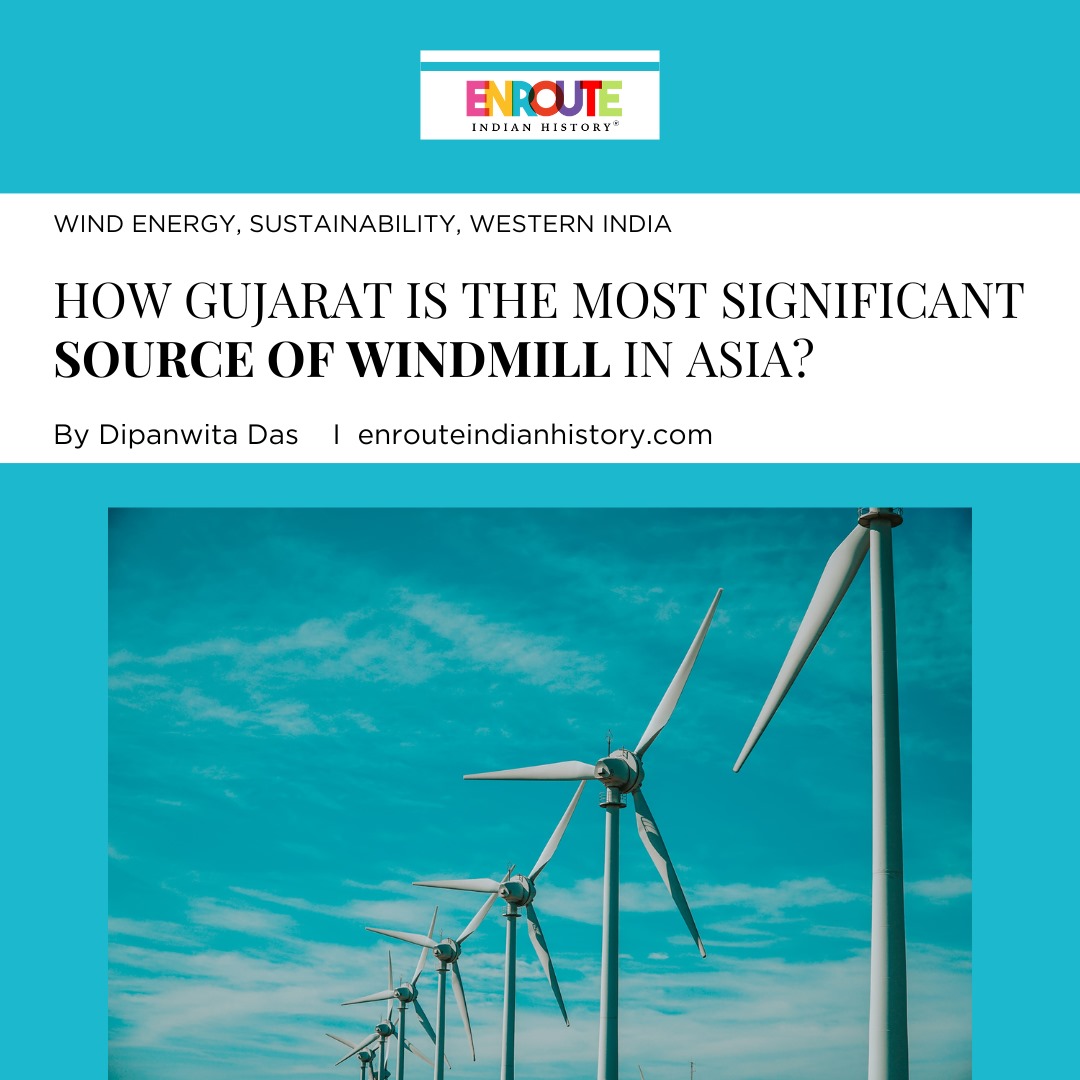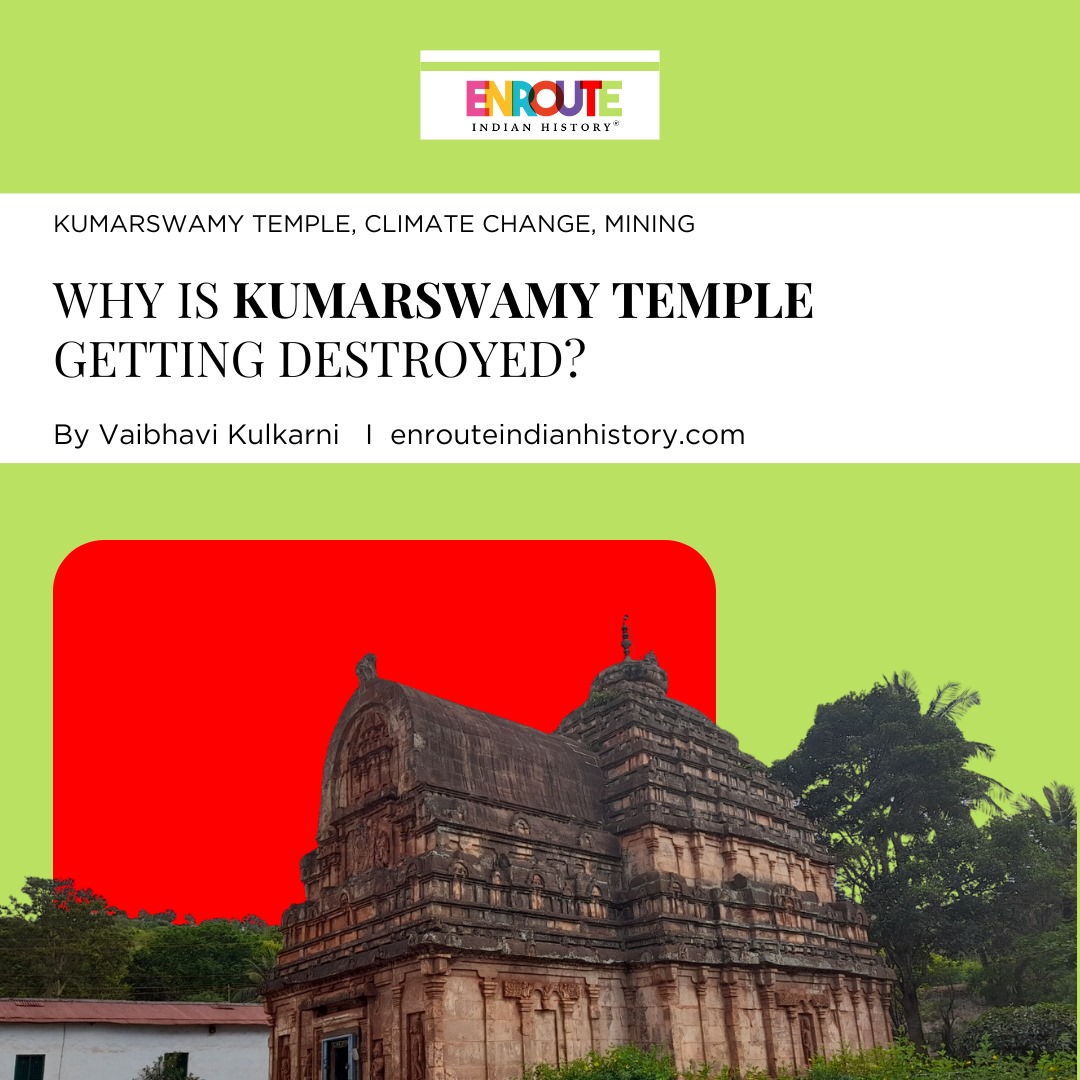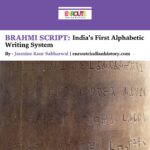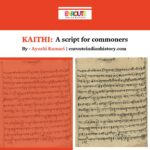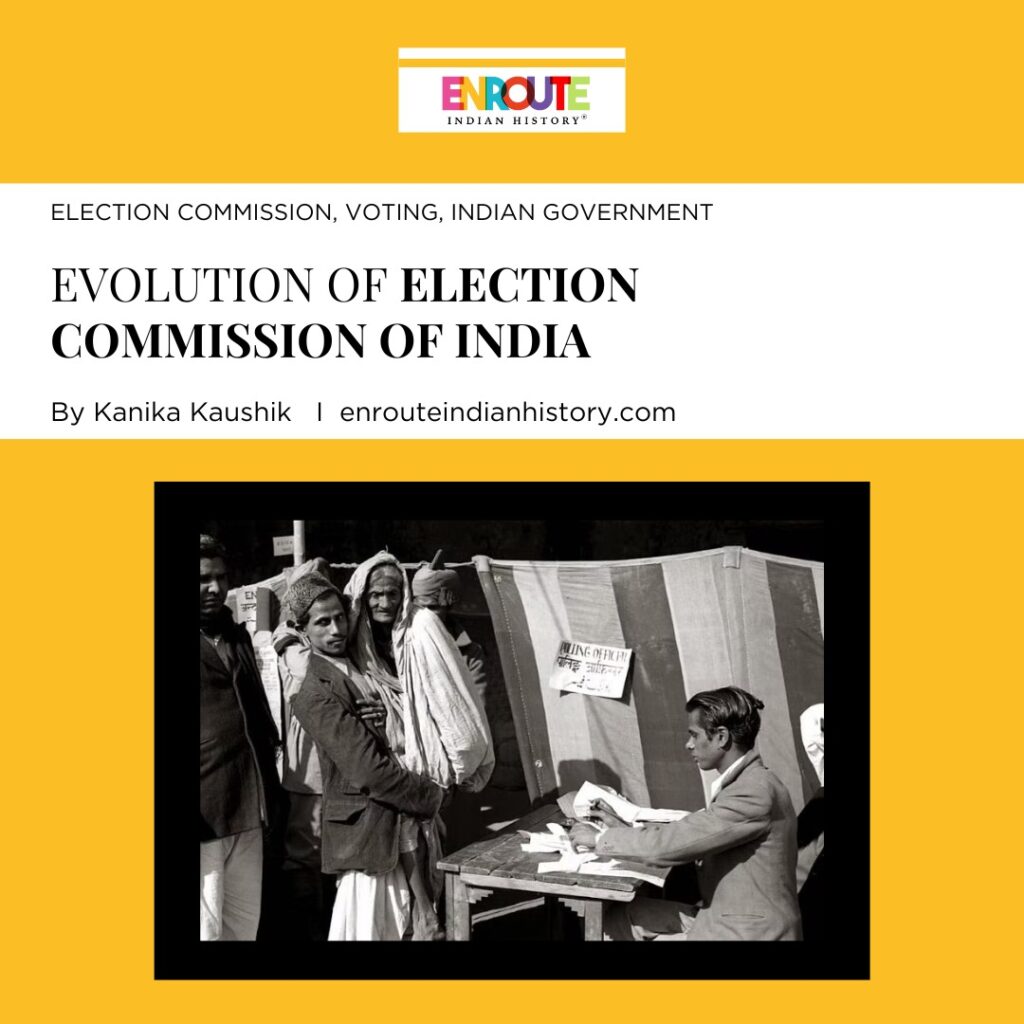
Democracy, originating from the Greek term ‘Demokratia’ meaning ‘rule of the people,’’ signifies a “government” of the people, by the people, and for the people. So, how exactly do people exert their influence in a democratic system? The key lies in the act of voting. After India gained independence in August 1947, it was crucial for the Indian government to conduct General Elections to establish a government that truly represented the people based on universal adult suffrage. Holding elections meant carrying out four main phases. The first was updating the voter lists to include eligible citizens. Second, candidates submitting their nominations are validated by the election authority. Third, the establishment of polling stations for voting and finally, the tallying of votes and the announcement of results.

October, 1951, Mr. Sukumar Sen, Chief Election Commissioner and Mr. P.S. Subramaniam, Secretary to the Commission examining some supplies of ballot boxes specially designed for use in India’s colossal General elections. (Source- PIB Archives)
During this period, the critical question in India was: Who would oversee these four phases? The answer: the Election Commission of India.
To ensure fair elections, Article 324 of the Constitution established the Election Commission as an independent constitutional authority. This came into effect on November 26, 1949, while most other provisions were enacted on January 26, 1950, coinciding with the commencement of the Indian Constitution.
The Election Commission was formally established on January 25, 1950, just a day before India became a Sovereign Democratic Republic. The first Chief Election Commissioner, Shri Sukumar Sen, was appointed on March 21, 1950. Initially, the Election Commission operated with a single member until October 16, 1989, when it was expanded to three members until January 1, 1990. However, from October 1, 1993, it has consistently functioned as a three-member body. The Chief Election Commissioner and two Election Commissioners receive salaries and allowances equivalent to those of Supreme Court judges. They hold equal decision-making powers, with a majority vote resolving any differences of opinion. Their term of office is six years or until they reach the age of 65, whichever comes first.

Mr. Sukumar Sen, Chief of the Election Commission in which is vested the superintendence, direction and control of India’s colossal General Election. (Source- The Hindu Archives)
For the inaugural General Elections to the Lok Sabha and Vidhan Sabhas, the President issued the first delimitation order on August 13, 1951, in consultation with the Election Commission and Parliament’s approval. To establish a legal framework for elections, Parliament passed the Representation of the People Act, 1950, on May 12, 1950, primarily addressing electoral roll preparation, and the Representation of the People Act, 1951, on July 17, 1951, outlining election procedures for both Houses of Parliament and State Legislative Assemblies. Electoral rolls for constituencies across all states were published by November 15, 1951. The total number of voters (excluding Jammu and Kashmir) was 17,32,13,635, compared to India’s total population (excluding Jammu and Kashmir), which was 35,66,91,760 according to the 1951 census. The first General Elections to the Lok Sabha and Vidhan Sabhas were held between October 1951 and March 1952. The first Lok Sabha, comprising 497 members, was constituted on April 2, 1952, and the first Rajya Sabha, with 216 members, was formed on April 3, 1952.

General Election Scenes in Delhi (Jan. 1952). Outside the Town Hall Polling Booth, Delhi: A Polling Officer is seen issuing an identity Slip to a voter.(Source- The Hindu Archives)
Following the formation of the two Houses of Parliament and State Legislative Assemblies, the first Presidential election took place in May 1952, and the first duly elected President assumed office on May 13, 1952. During the inaugural General Election in 1951-52, the Election Commission recognized 14 political parties as multi-state parties and 39 parties as state parties. Currently, there are seven recognized National Parties and 40 State Parties.

Ballot boxes used in 1952 elections (Source- the Hindu Archives)
In the first and second General Elections of 1951-52 and 1957, the Election Commission introduced the ‘Balloting System’ for voting. In this system, each candidate had their ballot box placed in a private booth at polling stations. Voters had to drop their pre-printed ballot paper into the box of their chosen candidate.
Starting from the third General Elections in 1962, the Election Commission switched to the ‘marking system’ of voting. Here, a single ballot paper containing the names and symbols of all candidates is provided, and voters mark their choice with a rubber stamp next to their preferred candidate’s symbol. These marked ballot papers are then collected in a standard ballot box.

First voter of independent India Shyam Saran Negi, aged 103, shows his index finger after voting at Kalpa in Himachal Pradesh’s Kinnaur on May 19, 2019. He has been voting since the first General Elections in 1951. (Source- The Hindu Archives)
Electronic Voting Machines (EVMs) made their debut in a portion of the Paravur Assembly Constituency in Kerala in 1982 as an experiment. Their widespread use began in 1998, and they were first used in all polling stations across the country during the 14th General Elections to the Lok Sabha in 2004. Since then, the Election Commission has conducted all elections to the Lok Sabha and Legislative Assemblies using EVMs.
Since 1951-52, seventeen General Elections have been conducted for the Lok Sabha. The country is now fully prepared for the 18th nationwide General Elections for the Lok Sabha.
- May 15, 2024
- 6 Min Read



